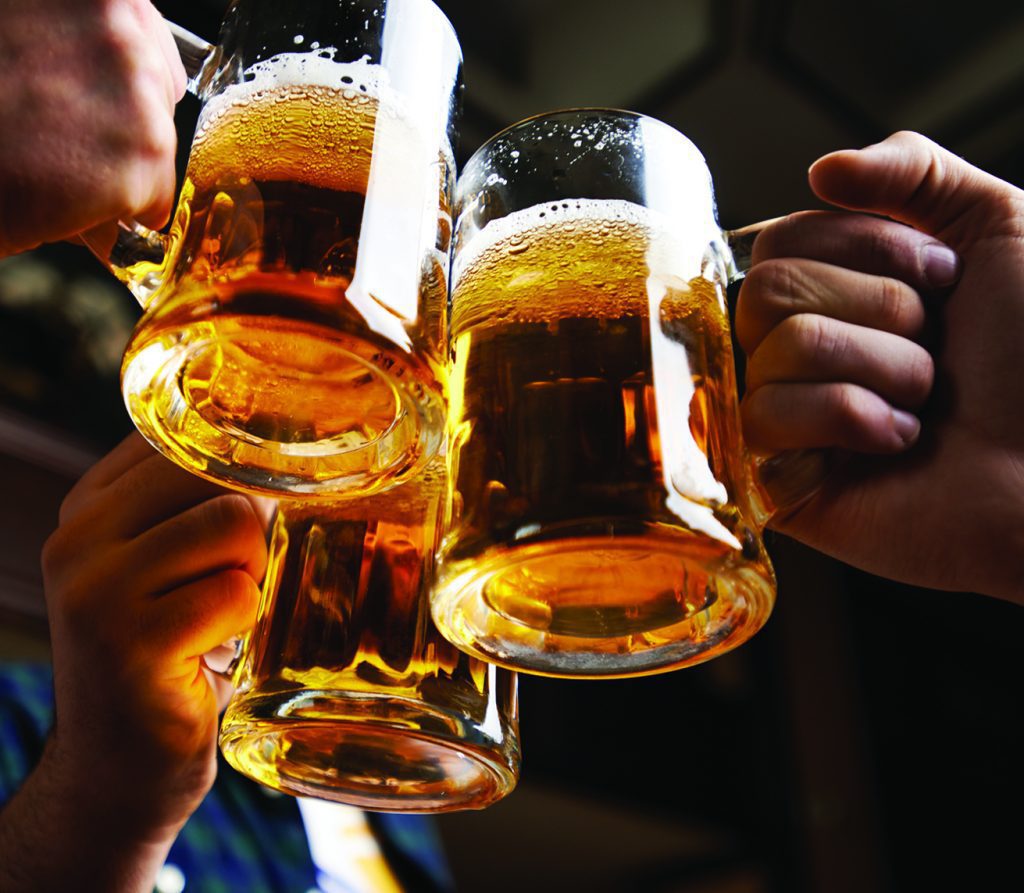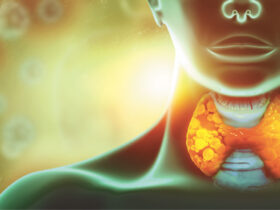By David Harris, BA, CPhT
 Alcohol is a topic that almost everyone knows a lot about and simultaneously knows very little about. It has become a part of our society, engrained in our culture, and a rite of passage from adolescence into adulthood for many youths today. In 1987, the NCAAD (National Council on Alcoholism and Drug Dependence, INC.) established April as National Alcohol Awareness Month. “Alcohol Awareness” covers an extremely broad range of topics such as alcoholism, recovery, genetic predisposition, etc. This article is going to focus on how alcohol is affecting the youths in our community and how they are affecting us.
Alcohol is a topic that almost everyone knows a lot about and simultaneously knows very little about. It has become a part of our society, engrained in our culture, and a rite of passage from adolescence into adulthood for many youths today. In 1987, the NCAAD (National Council on Alcoholism and Drug Dependence, INC.) established April as National Alcohol Awareness Month. “Alcohol Awareness” covers an extremely broad range of topics such as alcoholism, recovery, genetic predisposition, etc. This article is going to focus on how alcohol is affecting the youths in our community and how they are affecting us.
In Manatee and Sarasota Counties we have six colleges and Universities (State College of Florida, Ringling, New College, LECOM, USF Sarasota-Manatee, Manatee Technical College, and Suncoast Technical College), ten public high schools, and many more non-public high schools. These schools represent tens of thousands of youths that live, drive, and potentially drink in our community. According to the National Institute on Alcohol Abuse and Alcoholism (NIAAA), 11% of all alcohol consumed in America is by youths between the ages 12 and 20, 4 out of 5 college students drink alcohol, and 2.8 million college students drive drunk yearly (1).
A report by the World Health Organization in May 2014 (2) states that Americans drink on average drink 2.4 gallons of alcohol per year. If we take non-drinkers out of the equation, Americans consume 3.5 gallons of alcohol per year on average. This would mean that 11% of our 12-20 year old youths are drinking 3.5 gallons or 448 ounces of alcohol each per year. This is an alarming amount of underage drinking in our community.
One question that we need to ask is how are these youths obtaining alcohol if they are too young to buy it? According to the National Institute of Health, the number one way underage drinkers gain access to alcohol is from someone not related to them and over the age of 21. Next is from a friend under the age of 21 and other ways are from their home, a parent, or a relative over the age of 21. Drinking statistics are similar among males and females. It starts in middle school with about 2% of 12-13 year olds trying alcohol. The percentage steadily increases to about 22% of 16-17 year olds trying alcohol (4).
Ninety percent of all underage drinking is binge drinking (5). Binge drinking is the consumption of an excessive amount of alcohol in a short period of time. The NIAAA defines it as “a pattern of drinking that bring blood alcohol concentration (BAC) levels to 0.08 g/dL” (.08 is above the legal limit for FL drivers over 21). For men, typically this is around 5 drinks and for woman about 4 drinks—in about 2 hours—but it is more like 4 drinks for boys and 3 drinks for girls that are under the age of 18. There are many serious consequences to binge drinking, including impaired judgement, accidental injuries (car crashes, falls, etc.), alcohol poisoning, risky behavior (unprotected sex), accidental pregnancy, hypertension, stroke, and liver disease (3).
The youths that are using alcohol are more likely to have problems in school, more absences, and a higher risk for memory loss and poor brain development as our frontal lobe is still developing into our twenties. Youths that start drinking before the age of 15 are also six times more likely to develop alcohol dependence or abuse later in life than someone who begins at the age of 21 (5).
Our youths are trying alcohol for many reasons. Some drink to help with stress in their lives, some due to peer pressure, and others to prove their independence. In 2010 there were 189,000 visits to the emergency room by youths, 4,300 deaths, and it cost the US $24 billion (6). Underage drinking raises healthcare costs for everyone in America, it raises insurance rates, and it can cost our children their futures and even their lives. This is a community problem and it takes a community to fix it.
What can we do to reduce underage drinking? One thing we can do is raise the price for alcohol through taxes or just retail price. The more it costs, the harder it is for underage youths to get it. Educating parents is important, parents need to know the statistics, the long term effects, and the dangers of underage drinking. Alcohol should be locked away from adolescents in the home and monitored like prescription medications are. Stiffer laws are needed for buying alcohol for a minor, drinking under the age of 21, and driving after drinking.
I believe most people are aware underage drinking happens, but most are not aware of the consequences. I encourage all readers to explore the websites referenced in this article and educate yourself and others on the dangers of underage alcohol use.
MTC
941.751.7900
References:
1. NIAAA – https://pubs.niaaa.nih.gov/publications/UnderageDrinking/
UnderageFact.htm
2. World Health Organization – http://www.who.int/substance_abuse/
publications/global_alcohol_report/en/
3. Sacks JJ, Gonzales KR, Bouchery EE, Tomedi LE, Brewer RD. 2010
National and State Costs of Excessive Alcohol Consumption.
Am J Prev Med 2015; 49(5):e73–e79.
4. Center for Behavioral Health Statistics and Quality. 2013 National
Survey on Drug Use and Health Public Use File. Rockville, MD:
Substance Abuse and Mental Health Services Administration.
5. CDC (Centers for Disease Control and Prevention)
– https://www.cdc.gov/alcohol/fact-sheets/underage-drinking.htm
Substance Abuse and Mental Health Services Administration, Center for Behavioral Health Statistics and Quality. The DAWN Report: Highlights of the 2010 Drug Abuse Warning Network (DAWN) Findings on Drug-Related Emergency Department Visits
David Harris, BA, CPhT
David Harris is the pharmacy technician instructor at Manatee Technical College in Bradenton, Florida. He is a Florida Registered and PTCB Certified Pharmacy Technician. He earned his Bachelor of Arts degree in Economics from the University of South Florida. David began teaching at MTC in 2015 and has been a pharmacy technician in Florida since 2006.
The subject of youth and alcohol use is a sensitive subject for David. He has seen its devastating effects first-hand. He lost two friends to alcohol-related accidents when in he was in college. It is his desire to bring awareness to the topic in hopes that lives may be saved.
The pharmacy technician program at Manatee Technical College takes about 11 months (full-
time) to complete. Upon successful completion of the program students are eligible to register as a Registered Pharmacy Technician (RPT) in the state of Florida and to sit for the certification examination offered by the Pharmacy Technician Certification Board (PTCB) to become a Certified Pharmacy Technician (CPhT). The school’s pass rate on the exam is 100%. Graduates who elect to continue their education at a Florida public college may be awarded up to 9 credits toward an Associate of Science degree in Pharmacy Management. For more information, please visit http://ManateeTech.edu.







